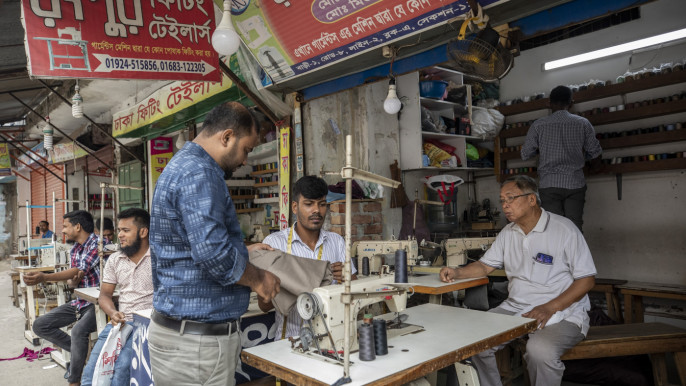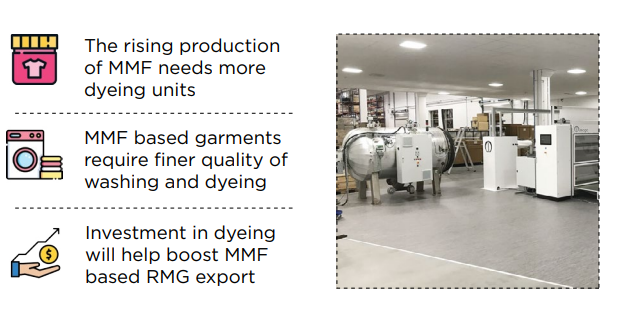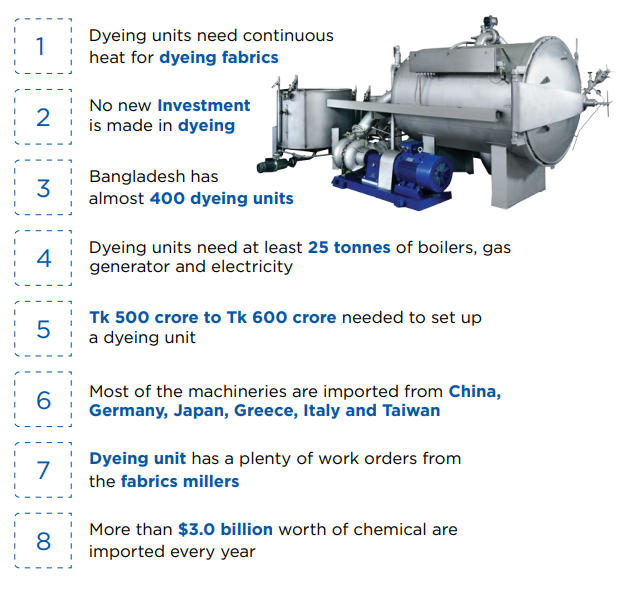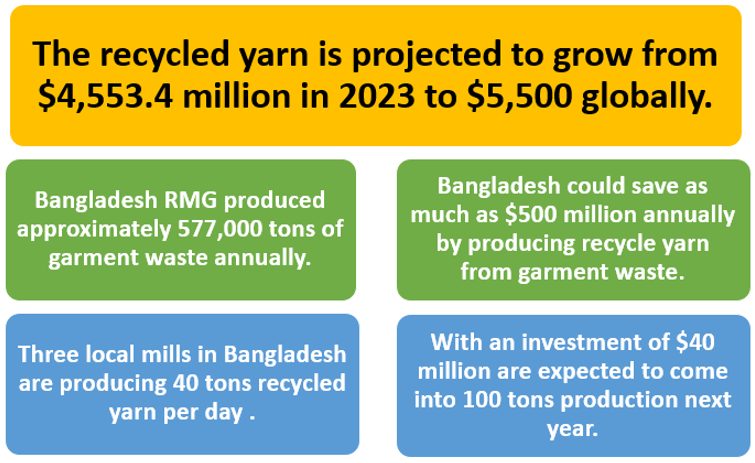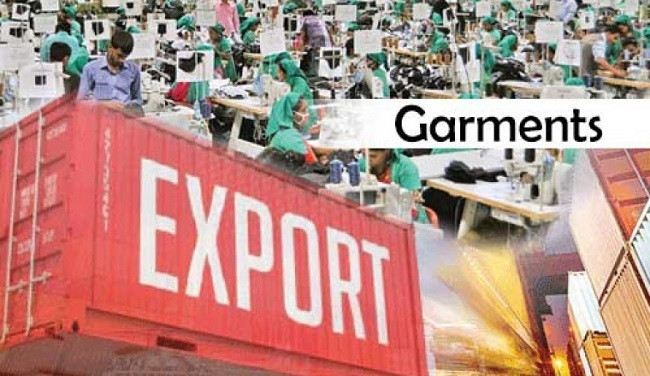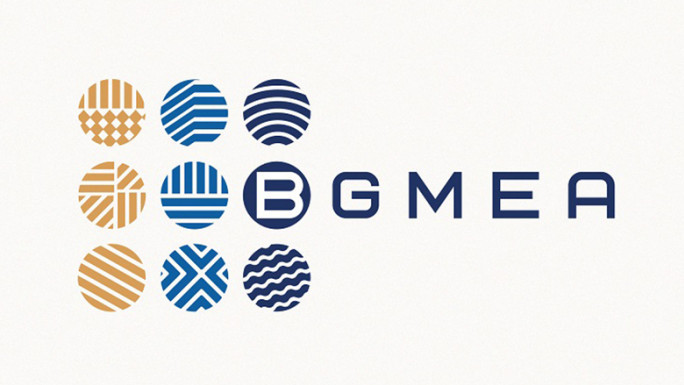RMG workers’ minimum wage declaration set to face delay
The third meeting of the minimum wage board for ready-made garment workers ended on Sunday without any concrete proposals from either party to declare minimum wages.
Meanwhile, the board, tasked with declaring a new wage structure within six months after assuming responsibility on 9 April, is set to expire next week.
Sources said the board is now seeking an extension of its tenure by 2/3 months so that it can declare the minimum wage this year.
Talking to journalists, Liaquat Ali Mollah, chairman of the minimum wage board, said they were hopeful that both representatives of owners and workers would propose minimum monthly wages in the next meeting, which is expected to be held in the third week of this month.
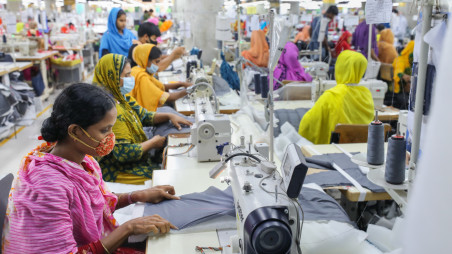
After today’s meeting at the minimum wage board office in the capital, Liaquat Ali Mollah told journalists, “We are hopeful that by mid-November, the minimum wage for garment workers will be approved, in consultation with the representatives from all parties of the board.”
Explaining the reason for the delay in the wage proposals, he said that since the second meeting, they have visited various garment factories in the country to talk to owners and workers.
“We have discussed these issues in today’s meeting, and both sides agreed that they would present their respective proposals on the same day,” he added.
Representative of the owners Md Siddiqur Rahman, former president of the Bangladesh Garment Manufacturers and Exporters Association (BGMEA), said they recently visited various factories and prepared a summary and will work according to that.
“We will declare the minimum wage within this year by protecting the interests of both owners and workers considering the current situation,” he said, adding that the workers have full confidence in the board.
He urged the government to monitor the situation if the house rent increases in the garment industry hubs like Savar, Gazipur, Chattogram, and Ashulia after the increase in wages.
Moreover, he called for providing low-cost consumer goods to the workers through ration cards.
Regarding the amount of the wages, GPF, basic pay, and increment, he said the board will take the decision based on the actual situation of the workers in the country.
Responding to a question on whether it is possible to increase the increment by 10%, the board chairman said they have to change the existing law to do this.
However, workers’ leaders said there is no need to change the law to do this because when a gazette is published for the new wages, it will become law.
Responding to journalists, Sirajul Islam Rony, the workers’ representative to the board, said on Sunday they have touched on the main areas and have talked about rationing measures for workers and unwarranted rent hikes.
He also said they discussed lowering the grade system to 5-grade from the existing 7-grade, a 10% increment, and other benefits.
“We assessed the demands of the various organisations and want not only an increase in wages but also the introduction of other benefits,” he added.
They will work together to introduce a reasonable wage, taking into consideration all the situations that arise.
However, a number of worker leaders were on the premises of the board office, and they said they did not know why the board was delaying the declaration of the minimum wage.
During the meeting, representatives from different workers’ organisations were demonstrating and holding placards at the premises of the board office, demanding monthly wages of Tk23,000-Tk25,000.
An alliance formed with the representation of different worker organisations handed over a proposal to the board chairman demanding a monthly wage of Tk23,000 with several benefits.





